Indoor plant hire has become an increasingly popular service, especially in urban settings where creating a natural, green environment can be challenging. This service allows individuals and businesses to enjoy the aesthetic and health benefits of plants without the long-term commitment of purchasing them.
Indoor plant hire includes selecting, delivering, and often maintaining a range of plants suited to indoor environments. However, the key to reaping the full benefits of these plants lies in their proper maintenance and care.
Whether it’s ensuring the plants receive the right amount of water and light or addressing any health issues they might face, proper care is essential for the longevity and vibrancy of hired indoor plants, making them a valuable addition to any indoor space.
Basic Care Guidelines for Indoor Hired Plants
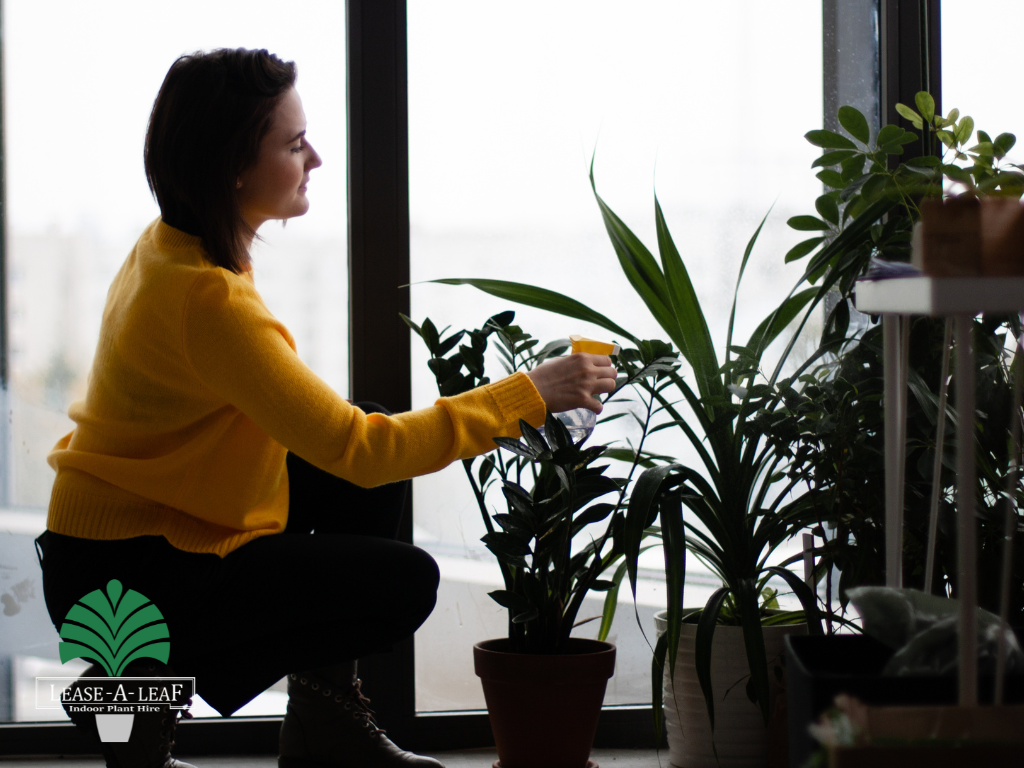
Watering Practices for Different Types of Indoor Plants
Watering is one of the most crucial aspects of plant care. Different plants have varying water needs, which can also change based on factors like pot size, soil type, and environmental conditions. Generally, most indoor plants require watering when the top inch of soil feels dry. Overwatering is a common issue and can lead to root rot, so it’s important to understand each plant’s specific needs and adjust watering accordingly.
The Role of Light and Placement in Plant Health
Light is another critical factor for plant health. Most indoor plants require bright, indirect light, but this can vary widely. Some plants thrive in low light, while others need several hours of direct sunlight. Placement is key – near a window that gets ample light but not direct sun is usually ideal. Rotating plants regularly ensures all sides receive equal light, promoting even growth.
Seasonal Care and Adjustments
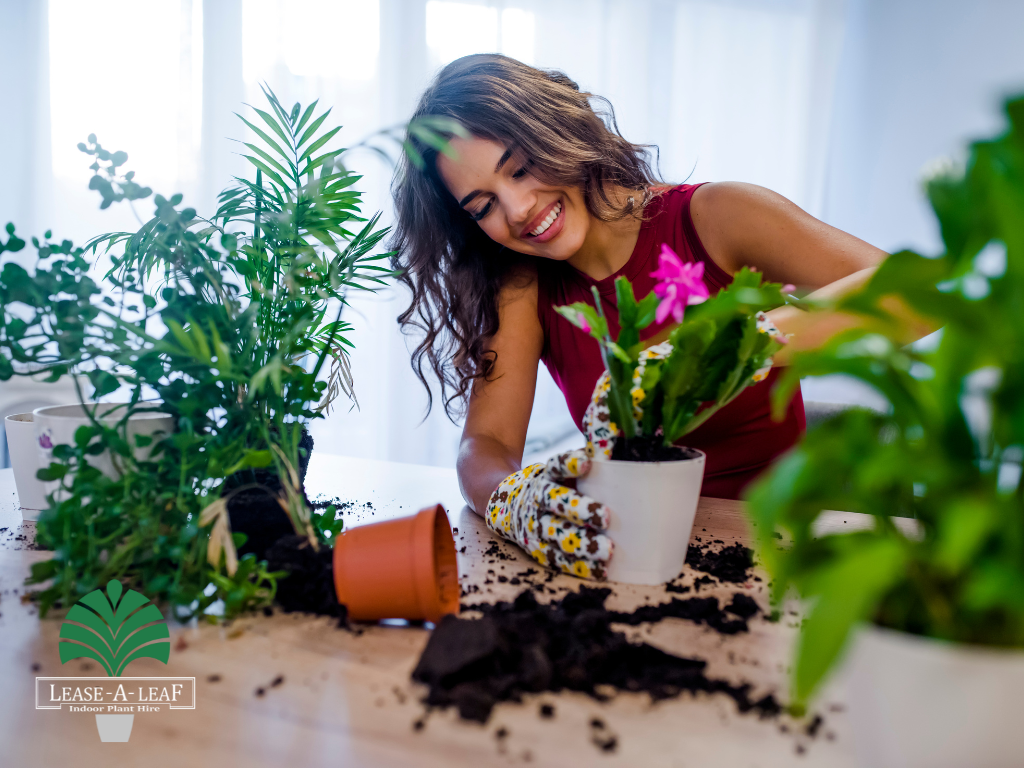
Adapting Plant Care Routines with Seasonal Changes
As seasons change, so do the needs of indoor plants. During warmer months, plants may require more water and might benefit from misting to increase humidity. Conversely, in colder months, watering should be reduced as plant growth typically slows down. Being mindful of temperature changes and adjusting care routines accordingly helps maintain plant health year-round.
Tips for Winter Care and Summer Maintenance
In winter, ensure plants are not placed near cold drafts or heating vents, as extreme temperature fluctuations can be harmful. In summer, watch out for excessive heat and ensure plants have adequate shade if exposed to longer daylight hours. Adjusting watering frequency and monitoring for signs of stress or dehydration during these seasonal extremes is crucial.
Dealing with Common Plant Issues
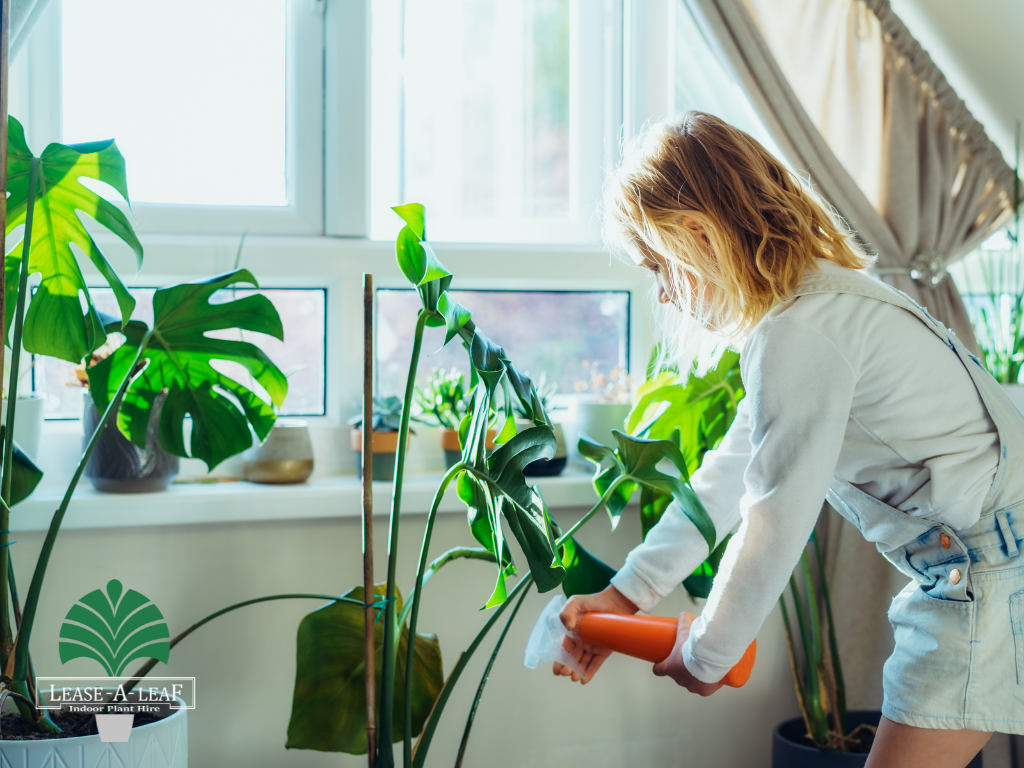
Identifying Signs of Distress in Indoor Plants
Common signs of distress in plants include wilting, yellowing leaves, dry leaf edges, and stunted growth. These symptoms can indicate issues like improper watering, inadequate light, or nutrient deficiencies. Regularly inspecting plants for these signs helps in early detection and remedy of problems.
Addressing Common Problems Like Pests and Diseases
Pests and diseases can affect indoor plants, with common pests including aphids, spider mites, and mealybugs. Diseases might manifest as spots on leaves or mold growth. Treatment includes isolating affected plants, using appropriate pest control methods, and ensuring good air circulation. Preventative measures like regular cleaning of leaves and avoiding overwatering are also effective.
Long-term Care Strategies
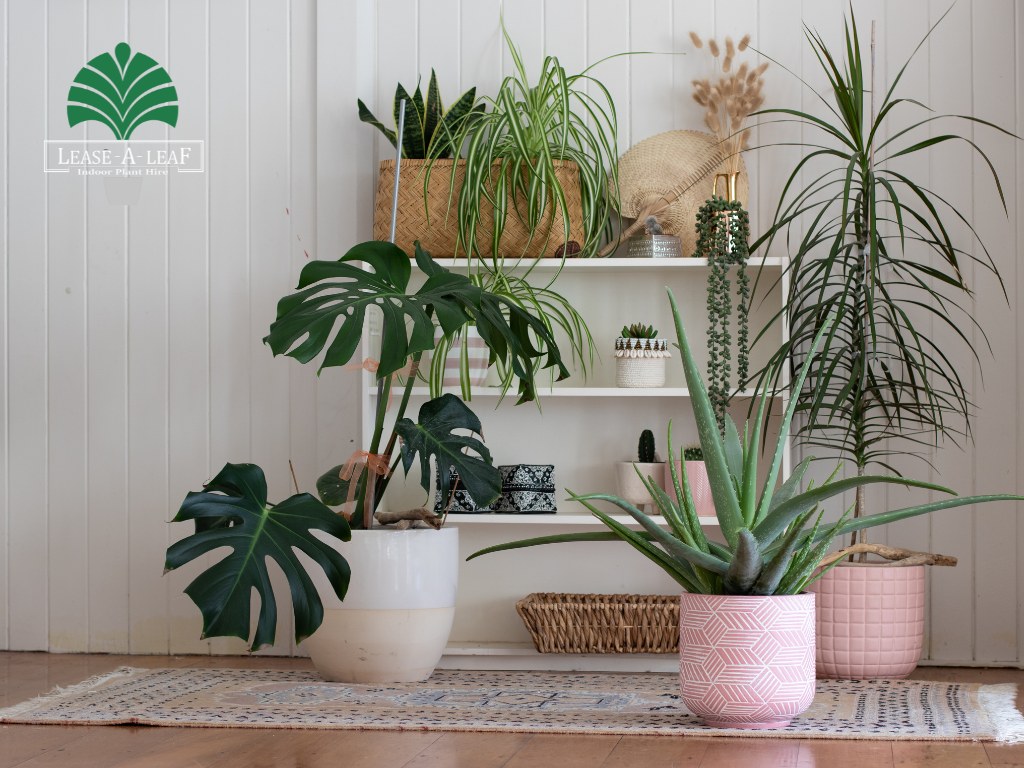
Fertilization and Soil Management for Hired Plants
Long-term health of hired indoor plants significantly depends on proper fertilization and soil management. Most indoor plants benefit from regular fertilization, especially during their growing season (spring and summer). It’s crucial to use the right type and amount of fertilizer to avoid over-fertilization, which can harm the plants. Additionally, periodically checking and refreshing the soil, or repotting when necessary, ensures the plants have the nutrients they need and prevents soil compaction, which can affect root health.
Pruning and Grooming Practices
Pruning and grooming are vital for the long-term care of indoor plants. Regular pruning helps to keep plants looking tidy, encourages healthy growth, and can prevent pest and disease problems. Removing dead or yellowing leaves, trimming back overgrown branches, and shaping the plants not only improves their appearance but also enhances their overall health. Grooming practices, such as wiping leaves to remove dust, also contribute to better light absorption and respiration.
Communication with Plant Hire Providers
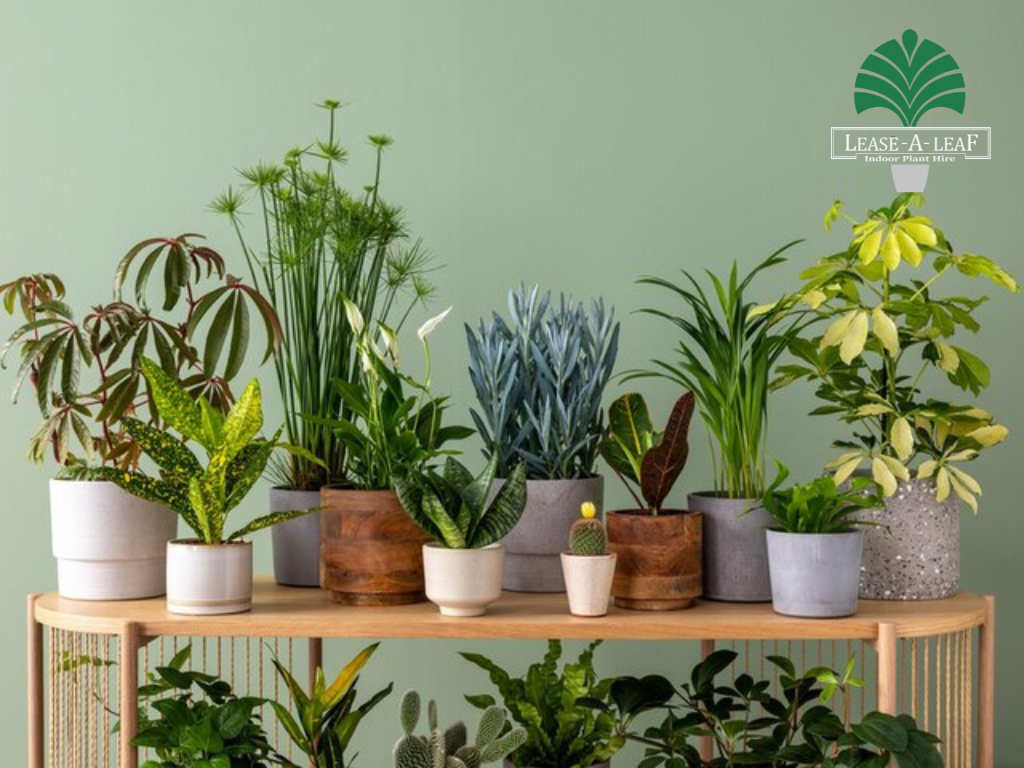
When to Reach Out for Professional Advice or Assistance
Knowing when to reach out to plant hire providers for advice or assistance is key to maintaining the health of hired plants. If you notice signs of pests, disease, or unusual plant behavior that your routine care cannot resolve, it’s time to contact the provider. Additionally, if you’re unsure about the specific care needs of a plant or if a plant appears to be in distress despite proper care, seeking professional guidance is advisable.
Providing Feedback and Communicating Plant Health Concerns
Effective communication with your plant hire provider is essential. Regular feedback about the plants’ condition and any concerns you have helps the provider understand your needs and address any issues more effectively. Be specific about any changes you’ve noticed in the plants, your care routine, and any challenges you’re facing. This information is invaluable for the provider to offer tailored advice or take corrective actions.
Roles and Responsibilities in Plant Maintenance
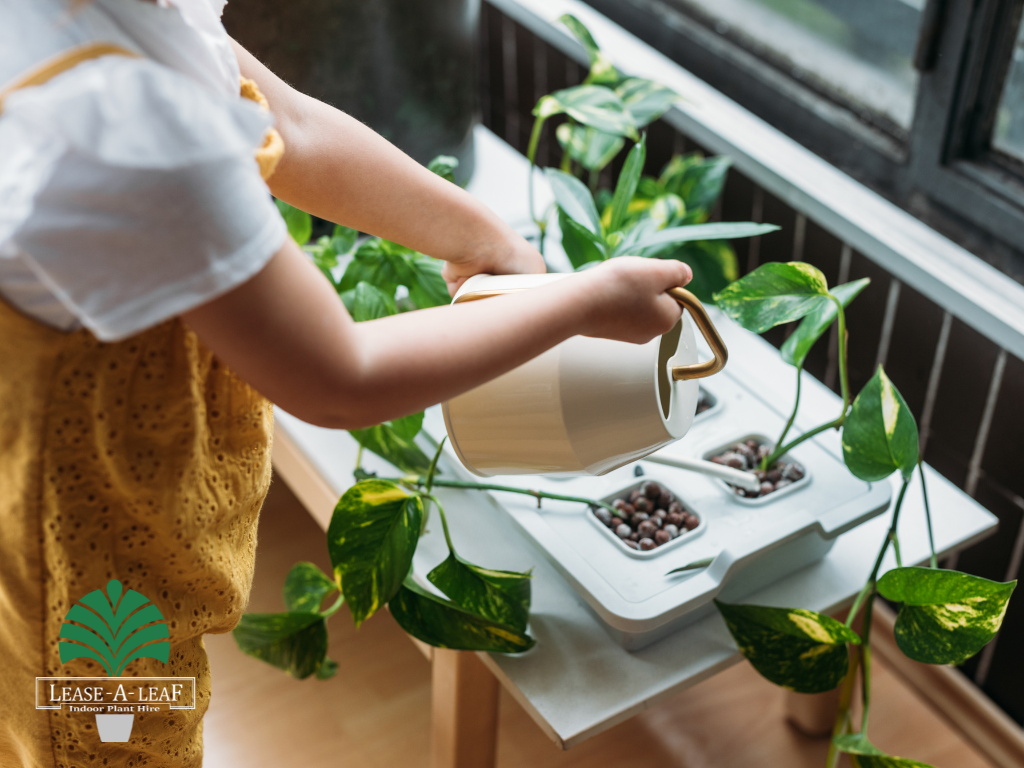
Understanding the Maintenance Agreement in Plant Hire Services
When engaging in plant hire services, understanding the terms of the maintenance agreement is critical. These agreements typically outline what maintenance services are included, such as watering, fertilizing, pruning, and pest control. They also specify the frequency of these services and any additional responsibilities that may fall on the client, like providing adequate lighting or maintaining a certain temperature range. Familiarize yourself with these details to ensure that the care provided aligns with the plants’ needs and your expectations.
Client vs. Service Provider: Who Does What?
| Responsibility | Client | Service Provider |
|---|---|---|
| Daily Watering | ✓ | ✓ (as per agreement) |
| Plant Health Monitoring | ✓ | ✓ (Regular Visits) |
| Fertilization | ✓ | ✓ (Periodic) |
| Pruning and Trimming | ✓ (Minor) | ✓ (Major) |
| Pest and Disease Management | ✓ (Initial Detection) | ✓ (Treatment and Management) |
| Plant Rotation | ✓ (Optional) | ✓ |
| Renewal and Replacement | ✓ (Request Basis) | ✓ |
| Soil Refreshment | ✓ | ✓ (as needed) |
| Environmental Adjustments | ✓ | ✓ (Advice and Adjustments) |
| Emergency Care | ✓ (Immediate Response) | ✓ (Professional Intervention) |
Renewal and Rotation of Hired Plants
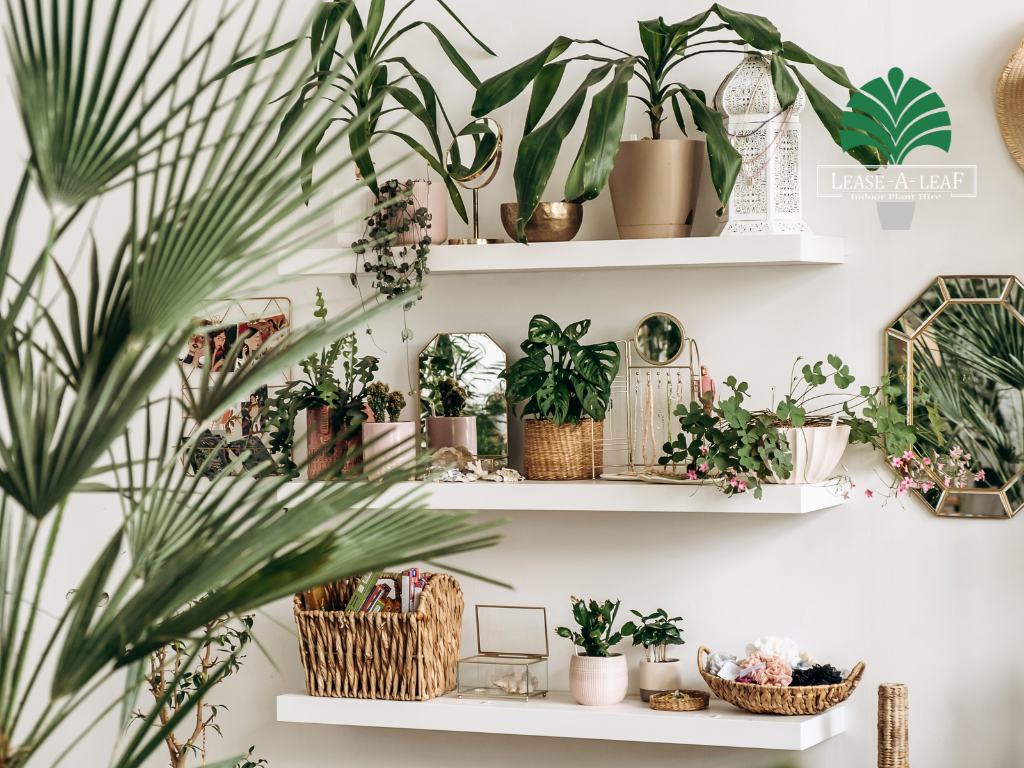
Understanding the Process of Plant Rotation
Plant rotation is a vital aspect of indoor plant hire services. This process involves periodically replacing or rotating plants within a space. The primary purpose is to ensure that all plants receive their required environmental conditions, such as light and temperature, which can vary within different areas of a space. Rotation also allows plants that may be stressed or require more intensive care to recuperate in a more controlled environment.
Benefits of Regular Plant Renewal in Maintaining Aesthetic Appeal
Regular plant renewal not only ensures the health of the plants but also maintains the aesthetic appeal of the indoor space. Fresh, vibrant plants contribute significantly to the ambiance and visual appeal. Renewal can also align with seasonal changes, allowing for a refreshing update to the decor and introducing different plant varieties that suit the season.
Sustainable Practices in Indoor Plant Care
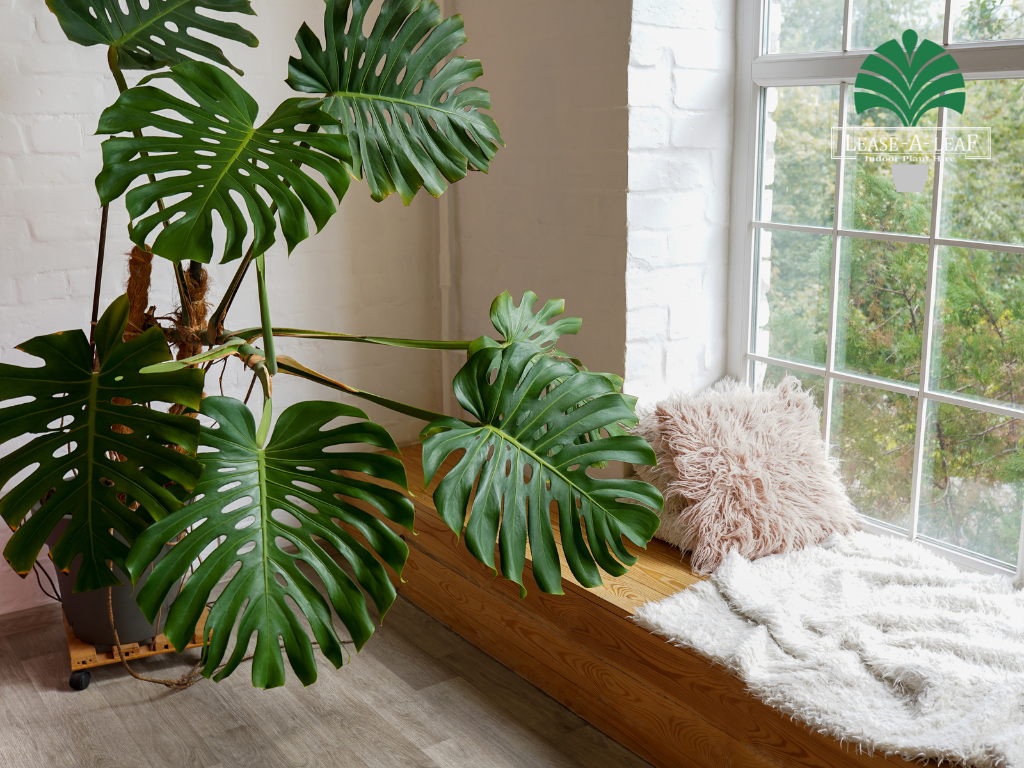
Incorporating Eco-friendly Practices in Plant Maintenance
Sustainable practices in plant maintenance are increasingly important. This includes using organic fertilizers, implementing water-saving techniques, and choosing plants that are suited to the specific environment to reduce the need for excessive care. Using eco-friendly products for pest control and soil management also contributes to a healthier indoor environment.
The Role of Sustainability in Indoor Plant Hire Services
Many plant hire services are embracing sustainability as a core value. This involves selecting locally-sourced plants, using environmentally friendly containers, and employing energy-efficient transportation for delivery and maintenance visits. By prioritizing sustainability, these services not only contribute to environmental conservation but also appeal to environmentally-conscious customers.
Educating Yourself About Indoor Plants

Resources and Ways to Learn More About Plant Care
There are numerous resources available for those looking to expand their knowledge of indoor plant care. These include online blogs, gardening websites, books, and even workshops offered by plant hire services or local nurseries. Utilizing these resources can enhance one’s understanding of plant needs, common issues, and advanced care techniques.
Importance of Self-Education in Plant Maintenance
Self-education in plant maintenance empowers individuals to take better care of their hired plants. It enables them to identify early signs of distress, understand the specific needs of different plant species, and take immediate action when necessary. This knowledge not only ensures the well-being of the plants but also enhances the overall experience of having plants in an indoor space.
Conclusion
Maintaining hired indoor plants involves a comprehensive understanding of plant care, the benefits of plant rotation and renewal, and the implementation of sustainable practices. Effective communication with plant hire providers, combined with personal education in plant care, plays a pivotal role in preserving the beauty and health of indoor plants. This collaborative effort ensures that the plants continue to enhance indoor environments, contributing to both aesthetic and well-being.

